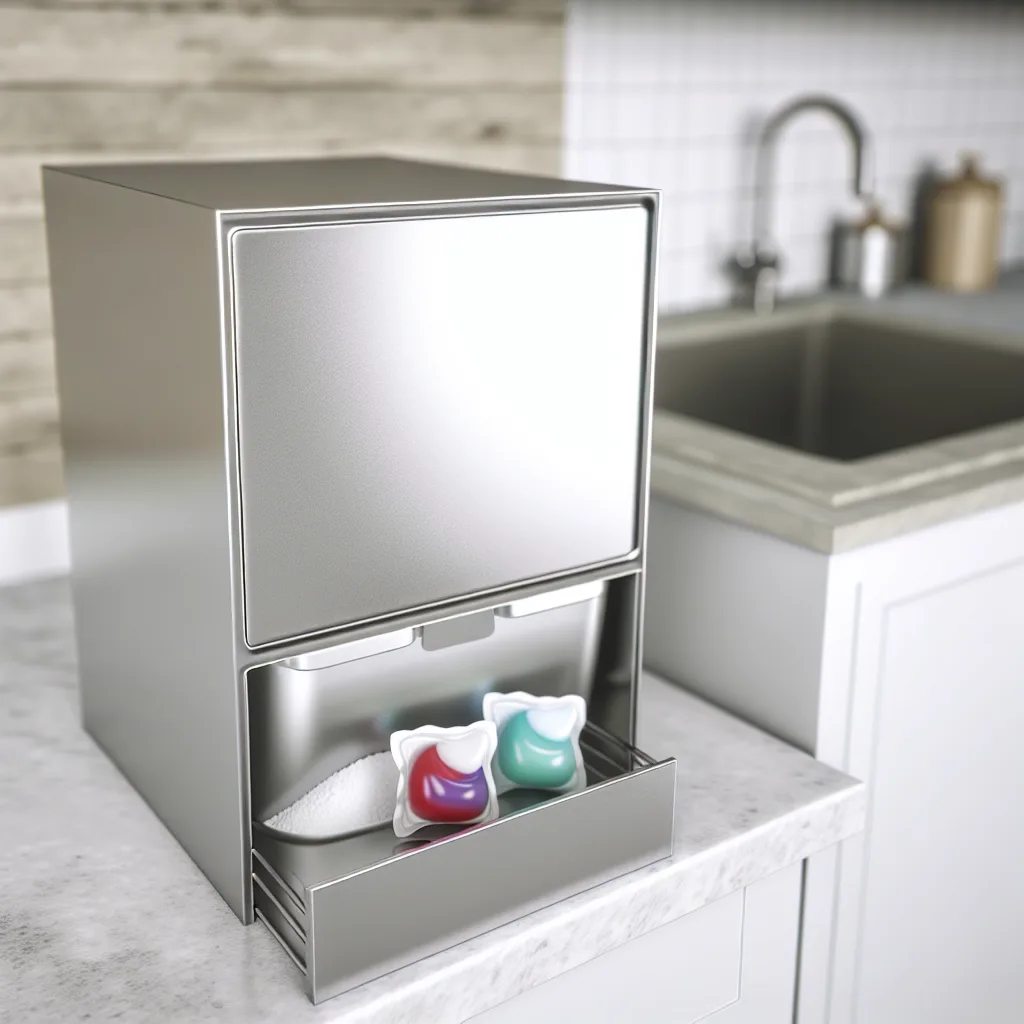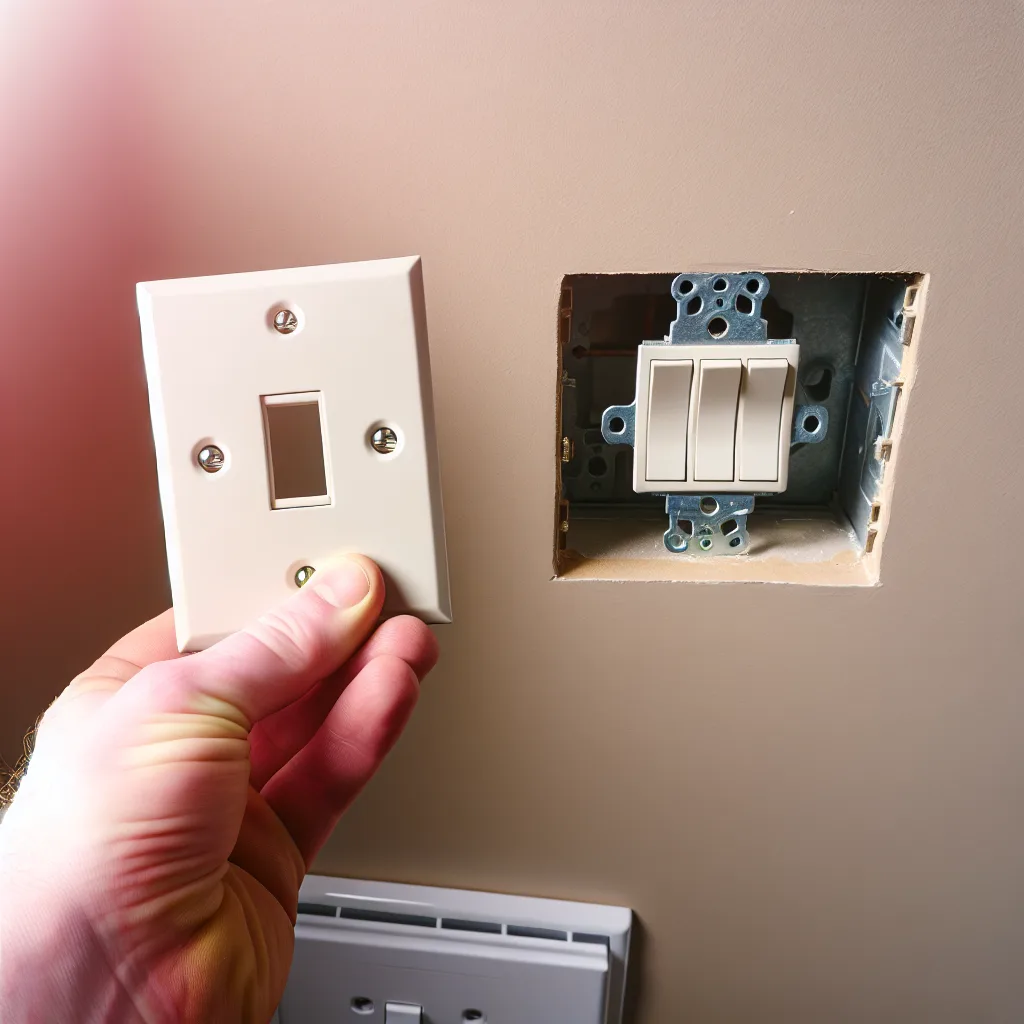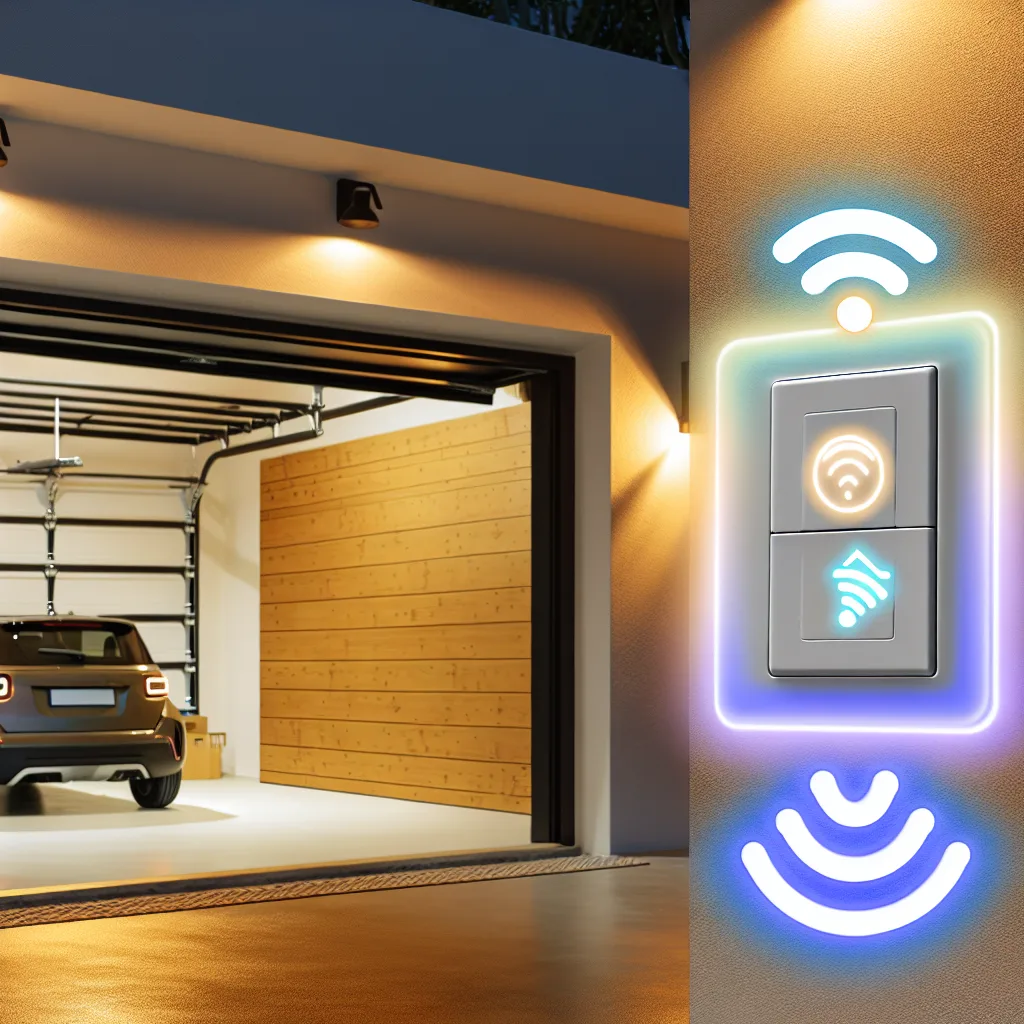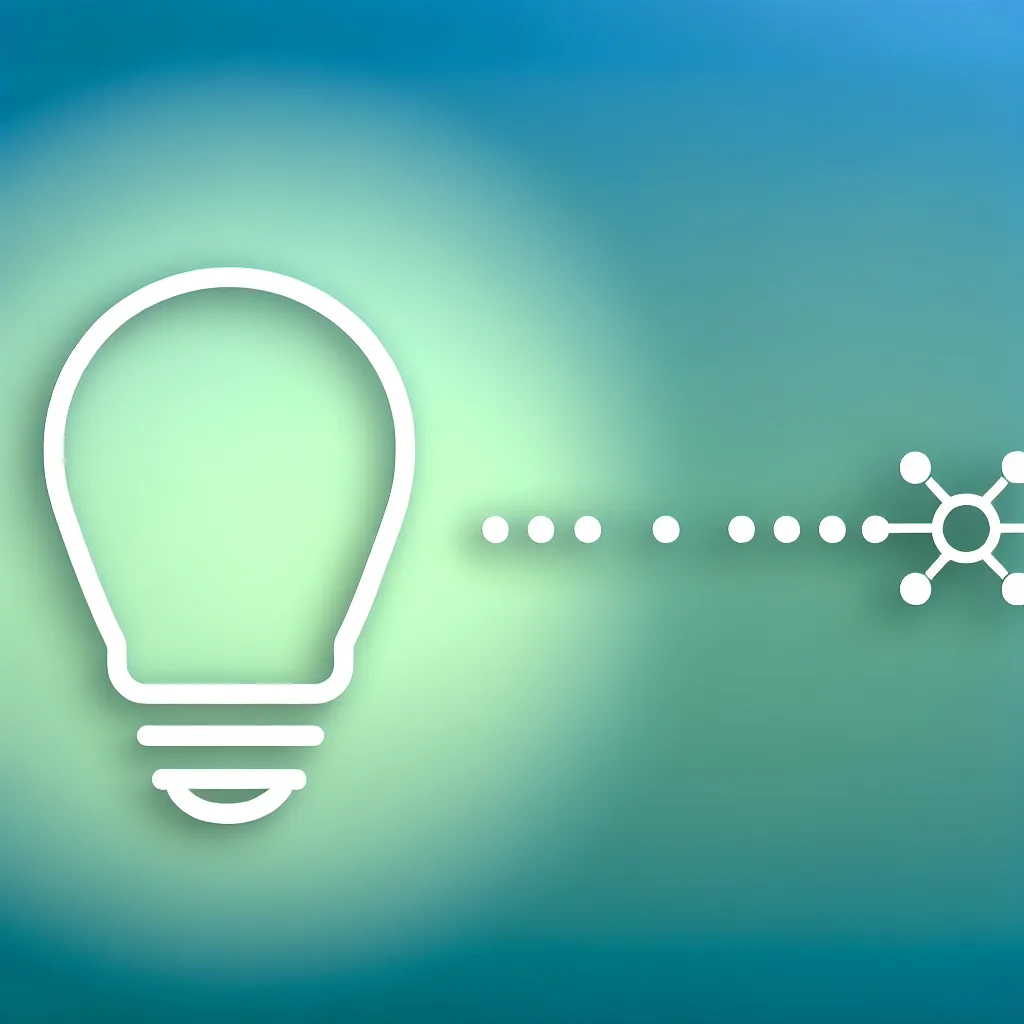Feeling overwhelmed by options? Let’s break down what actually matters for keeping your home safe, especially if you’re in Canada.
So, you’re thinking about getting a security camera. It seems like a simple idea, right? You just want to keep an eye on your home. But then you start looking, and suddenly you’re buried in a mountain of options—2K vs. 4K, cloud storage vs. SD cards, wired vs. battery-powered. It can be a lot. If you’re just starting to build out your home security camera system, it’s easy to feel overwhelmed. But don’t worry, I’ve been there. Let’s cut through the noise and figure out what actually matters.
This isn’t about finding the one “perfect” camera, because it doesn’t exist. It’s about finding the right setup for you, your home, and your peace of mind.
What to Look For in a Home Security Camera System
Before you even look at brands, it helps to know what features you should be paying attention to. It’s not always the stuff they put in big, bold letters on the box.
- Video Resolution: You’ll see 1080p, 2K, and 4K. Honestly, 1080p is good enough for most people. It’s clear enough to see faces and details without creating huge video files that eat up storage. 2K is a great sweet spot if you want a little more clarity.
- Storage (Cloud vs. Local): This is a big one. Local storage means the video is saved on an SD card or a hub inside your house. You control it, and there are usually no monthly fees. The downside? If a thief steals the camera (or the hub), your footage is gone, too. Cloud storage saves your video on the company’s servers. You can access it from anywhere, and it’s safe from theft, but it almost always requires a monthly subscription.
- Power Source: Do you want the convenience of a battery-powered camera you can stick anywhere, or the reliability of one that’s plugged into the wall? Batteries are easy to install but need recharging every few months. Wired cameras are a bit more work to set up but you can forget about them afterward.
- Field of View: This is just how wide of an angle the camera can see. For a front porch, 120-140 degrees is usually plenty to see everything you need.
- Smart Detection: Basic cameras send you an alert for any motion—a car driving by, a tree branch swaying, you name it. It gets annoying fast. Better systems use AI to tell the difference between people, packages, animals, and vehicles, so you only get alerts that matter.
The Big Deal About Cloud Storage
I’ve found that having at least a few days of cloud storage is incredibly useful. A 7-day plan is a great starting point. Why? Because you’re not always going to check your camera alerts the second they come in. Maybe you’re on vacation or just busy for a couple of days. Having a week’s worth of history gives you a comfortable buffer to go back and check on things without worrying that the footage has already been deleted.
Most brands like Google Nest, Arlo, and Ring build their business around these subscriptions. Eufy is a popular exception that focuses more on local storage, though they do offer cloud plans if you want one.
Top Picks for a Home Security Camera System in Canada (2025)
Living in Canada, our options can sometimes be a bit different due to availability and pricing. Here are a few solid, widely available choices that work well for different needs.
- Google Nest Cam: If you want a system that is dead simple to use and has some of the smartest alerts out there, Nest is fantastic. The integration with the Google Home ecosystem is seamless. Their cameras look great and the Nest Aware subscription is reasonably priced for the features you get, like familiar face detection. You can check out their latest models on the Google Store Canada. The downside is you really need that subscription to get the most out of them.
- Eufy Security: This is my go-to recommendation for anyone who hates monthly fees. Most of their cameras come with a “HomeBase” that stores your recordings locally. The video quality is excellent, they have a huge range of battery and wired options, and their app is straightforward. It’s a great balance of features, quality, and price. See their lineup at Eufy’s official Canadian site.
-
Arlo: Arlo often feels like a more premium option. They are known for high-quality hardware and great video. However, like Nest, their best features are locked behind a subscription plan. If you want top-tier video quality and don’t mind the monthly cost, Arlo is a strong contender. For deep-dive comparisons, tech sites like RTINGS.com do incredibly detailed reviews that are worth reading.
What About Bundling with a Dash Cam?
This is an interesting question, but the short answer is: it’s not really a thing. Home security and dash cams are treated as two completely separate worlds by manufacturers. They have different power requirements, different connectivity needs (Wi-Fi vs. cellular/none), and different recording triggers.
While a brand like Ring has both home cameras and a car cam, they are sold as separate products that just happen to live in the same app. You won’t find a “home and car” bundle deal. For now, it’s best to research your home security and your dash cam separately to find the best product in each category.
Ultimately, choosing the right home security camera system comes down to your budget and how you feel about monthly fees versus local control. Start by deciding that, and your list of options will get much, much smaller. Happy searching!




